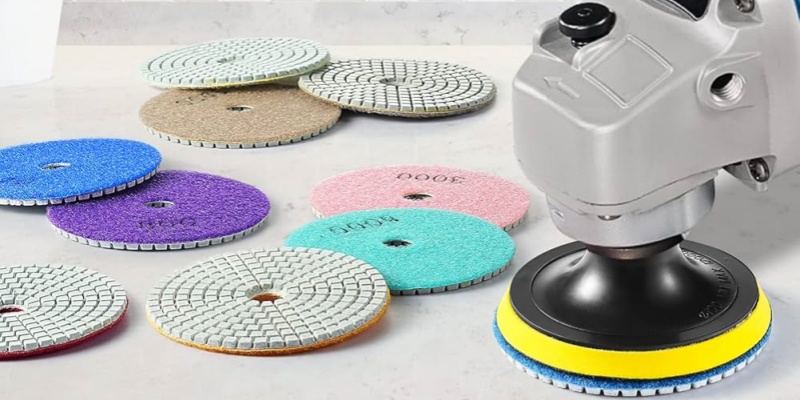Polishing Floors to Perfection: A Guide to Diamond Polishing Tools2024-08-20
The allure of a perfectly polished floor is undeniable, offering a sleek and professional finish that enhances the aesthetic of any space. Achieving this level of perfection, however, requires the right tools and techniques. Floor diamond polishing tools have become the industry standard for their durability and effectiveness in delivering a high-gloss finish.
TransGrind diamond polishing tooling is designed with abrasive diamond particles embedded in their surface, which gradually wear down to expose fresh cutting edges as they are used. This self-sharpening feature ensures consistent performance and longevity. The concrete floor diamond tools come in various shapes and grits, each serve a specific purpose in the polishing process, from initial grinding to final buffing.
The journey to a polished floor begins with selecting the appropriate grit for the task at hand. Coarser grits are used for removing imperfections and leveling the surface, while finer grits are employed for smoothing and enhancing the shine. A common progression starts with a 30/40 grit for heavy grinding, followed by 80/150 for smoothing, and finally 800/3000 for achieving a mirror-like finish.

Polishing a floor is not just about applying the tools; it’s a meticulous process that involves several steps. First, the floor must be thoroughly cleaned to remove any dirt or debris that could affect the polishing outcome. Next, the initial grinding phase removes any unevenness, followed by a series of progressively finer grits to refine the surface. Each stage requires a methodical approach, ensuring even coverage and avoiding the creation of new imperfections.
Proper maintenance of diamond polishing tools is important for their effectiveness and lifespan. Regular inspection for wear and tear is necessary, and replacing tools when they become ineffective is essential. Additionally, cleaning the tools after each use prevents the buildup of residue that can affect their cutting ability.
- Company Info
- Feedback
- Customer Reviews
- About Us
- Contact Us
- Blog
- Help Center
- User Center
- Forget Password
- My Orders
- Tracking Order
- My Account
- Register



